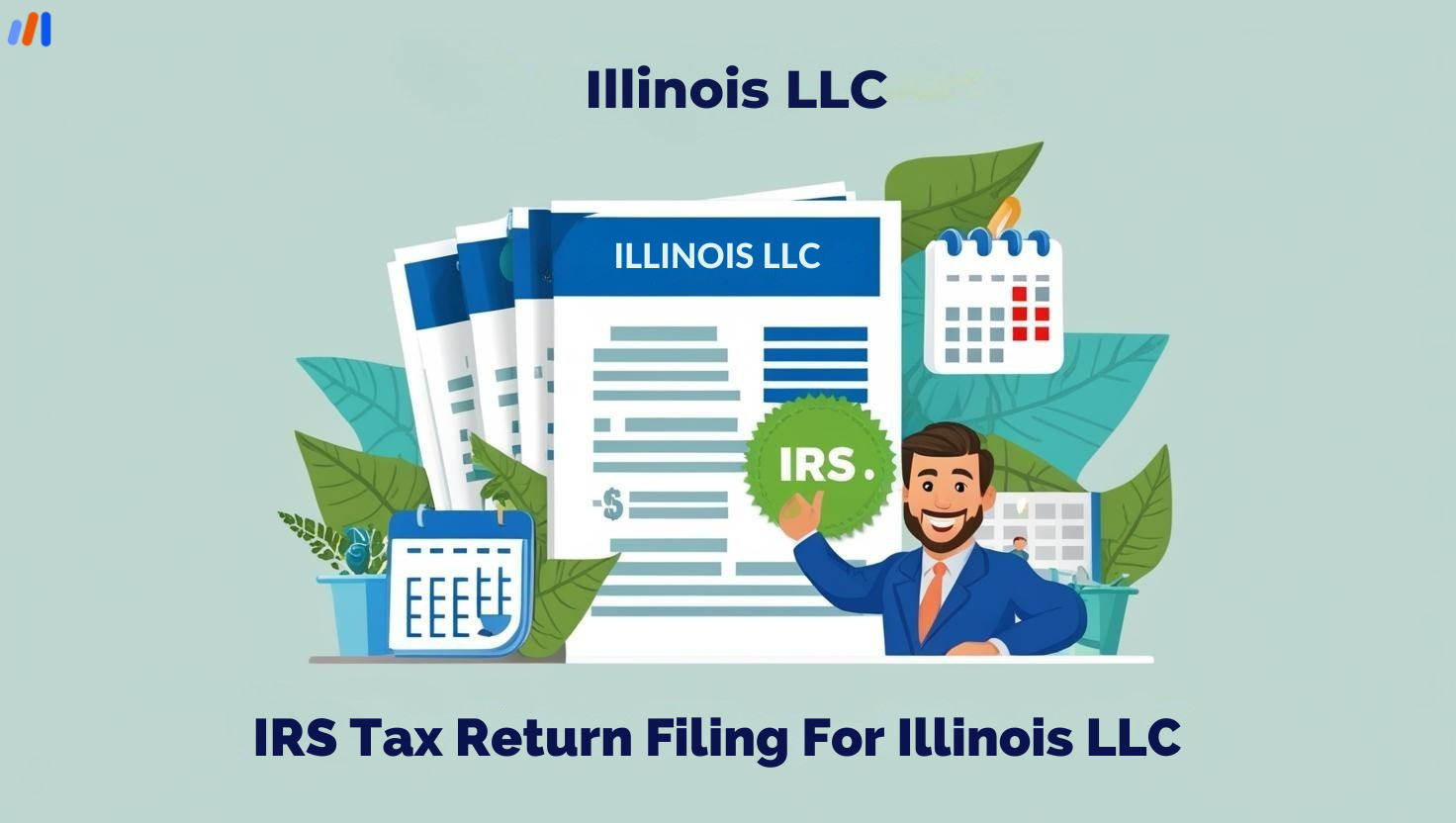Whether you are an individual or a business, there is nothing more important than managing your cash flow. Unfortunately, one of the common barriers that many contend with is having funds held in payment providers such as PayPal and Stripe.
These holds can be quite a nuisance when there is an urgent need to use that money. But knowing the point of these holds and how to go about them will help one feel better and have a lesser chance of encountering such again.
So, let us now understand why payments get stuck, and how you can resolve the issue most efficiently while using Paypal or Stripe. Besides that, we will also look into ways so that you don’t have to deal with such problems in the future.
Why Do Payments Get Stuck?
Payment service providers enforce their policies such as holding funds on transactions to mitigate loss and grifters. Although these policies are beneficial to businesses as well as customers, there are some instances when payments take longer than expected. Here are the most common reasons:
1. Fraud Triggers
Fraud detection is a serious business for payment processors like PayPal, Stripe, and GooglePay. Inactive accounts that suddenly start churning out sales usually are flagged as possible fraud attempts.
Such as situations where several high-dollar payments go to a freelance worker in a short period, during the first such event a platform might suspend payments as a way to confirm that the event is legitimate.
2. Cross-Border Transactions
When dealing with overseas customers to often include trading mechanisms to this degree. There are just some things that these boundaries can’t extend to such as tardiness, poor communication, or building a bad name in international trade requiring those companies to take preventative measures.
People often tend to close out overseas accounts or create fraud alerts claiming that they have lost their accounts in a previous business.
3. Product Quality Concerns
If the customers raise charges against a company for being substandard, sending products late, and so on, this causes greater concern which is warranted. In such cases, all companies, especially younger ones, should take a wary approach.
4. Chargeback Issues
A chargeback is defined to be a process by which the customer can reverse a transaction that was conducted, at the issuing bank or credit card provider, which is a cause of concern as well as a waste of resources and time to the procedure due.
Businesses that tend to have high chargeback rates tend to have bad practices, larger cases of fraud, or unhappy customers. Most payment processors cover some of the risks by keeping some money faced with losses.
5. Incomplete Account Verification
Users of PayPal and those using Stripe are expected to complete their Know Your Customer (KYC) process. This requires them to provide identification papers, business regulatory papers, and in some cases tax returns for businesses. Any failure in the provision of these documents or tardy provision of these documents can lead to account restrictions or placing holds on payments.
6. Risky Business Models
Various industries have been classified by payment providers as high risk; for instance, travel services, subscription boxes, and high-ticket coaching programs. There is an absolute tension that these businesses would have higher rates on payment holds due to the nature of the industry for payment fraud or refund problems.
Steps to Resolve Stuck Payments
If your payments are put on hold, it is important to resolve the matter in a timely and organized manner. Here are steps that you can take to assist you in retrieving your funds:
1. Reach out to Customer Service for Further Help
The initial step involves calling the customer service of the payment processor. Describe to them the events that transpired and inquire about the reasons for the hold. Perhaps, they will want to ask for further papers or explanations, and be prepared for that.
2. Prepare Relevant Evidence
To speed up the process and breach the deadlock, make sure that you have all pertinent documents that testify to the authenticity of transactions and your business. Some are:
- Invoices from customers
- Proof of delivery of the good or the service rendered
- Emails and telegrams sent to clients and clients’ correspondence
- Contracts or documents
Such evidence can enhance the understanding of the audience that the business does not operate in darkness or carelessly.
3. Develop a Risk Exposure Reduction Plan
As a way of convincing the payment processor of business security, forward a formal risk exposure reduction plan. Such a plan may constitute the following features:
- Description of the business model that was developed
- Description of the steps that were put in place to decrease chargebacks (better customer support service, clear refund policies, etc)
- Description of the system that allows to be in line with the policies of the platform providers
This plan should be stated while responding to the hold.
4. Regularly Review Activity in the Account
Always check your payment account for irregularities such as chargebacks or hard sell issues. Solving these problems can help avoid unnecessary future payment suspensions.
5. Get Help from Experts
If it stays like that, using an expert in the payment processing industry is a good idea. These people know how PayPal, Stripe, and other platforms operate and can help release the funds faster by speaking on your side.
How to Handle PayPal and Stripe Holds
Every payment system has its own set of fund-hold procedures. In the case of PayPal and Stripe, this is what you need to know about them:
PayPal
The website does practice effective fraud analytics and there is a good reason as to why they hold their payments for up to twenty-one days. This is implemented under the ‘payment holds’ policy. To avoid waiting for long periods;
- Provide accurate order details: PayPal should always be updated with an order along with its shipment or tracking status.
- Resolve disputes quickly: There is a need to solve consumer issues quickly about complaints so that there is no flaring up.
- Maintain a positive sales history: Unique selling points together with satisfied customers tend to help businesses avoid payment holding.
Stripe
One thing Stripe mentions is that their services are very transparent and user-friendly but may require extensive verification upon creating an account or when high account activity is noticed. To deal with Stripe holds:
- Ensure account compliance: Right after you create an account, make sure you verify your identity and business information.
- Respond to Stripe’s requests promptly: Submit all the requested documents without delay. Do not wait for them to ask for the documents.
- Monitor chargebacks: A rolling reserve system is used by Stripe for high account holders, therefore disputes and chargebacks should be avoided.
How to Prevent Future Payment Holds
In terms of advising on holding payments that are inconvenient, it is best to look at preventive measures. Implementation of the following suggestions can help:
1. Have a Regular Sales Volume
Try not to make sudden spikes in sales volume as this will instill fraud conditions. Gradual improvement of any sales volume is not likely to draw suspicion.
2. Communicate Clearly with Customers
Avoid misleading information on your product or service description, ensure that delivery timelines are realistic, and make the refund policy clear. Disputes and chargebacks are less likely to occur with such transparency.
3. Monitor Your Chargeback Ratio
Monitor your level of chargebacks, and make sure it does not go beyond 1%. You may need to adopt aggressive customer service to prevent chargebacks.
4. Build a Strong Business Profile
Pay special attention to the profile of the payment processor. It should be current and contain precise information regarding the business account, the contacts, and the website.
5. Use Multiple Payment Platforms
The entrepreneur is encouraged to have other payment methods just in case one gets frozen. Even if one platform places a freeze, there are other means to continue conducting business.
Conclusion
Having payments stuck with PayPal or Stripe can disrupt your operations, but it’s a manageable challenge. By understanding the reasons behind payment holds and implementing the steps outlined above, you can effectively address these issues and minimize disruptions to your cash flow.
Moreover, addressing payment holds in this instance would be quite feasible considering strong relationships with clients and the attention paid to risk management would assist in avoiding some holds in the future.
To gain further perspectives on issues of payment processing, risks, and other aspects of business visit EasyFiling. Be it expert opinion or customized solutions we are here to ensure business success.
File Your LLC Today
25$ off with a coupon
Lock in EasyFiling's transparent rates and get lifetime compliance support at no extra cost.
Get Started Now









